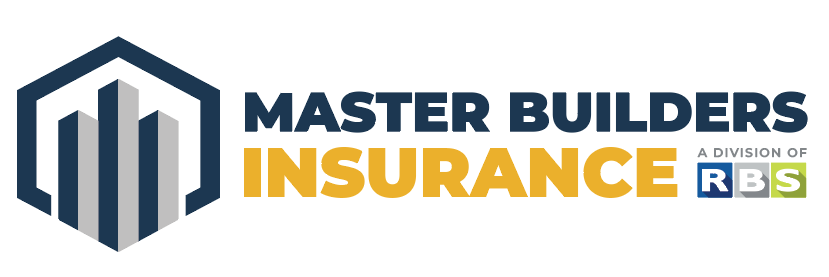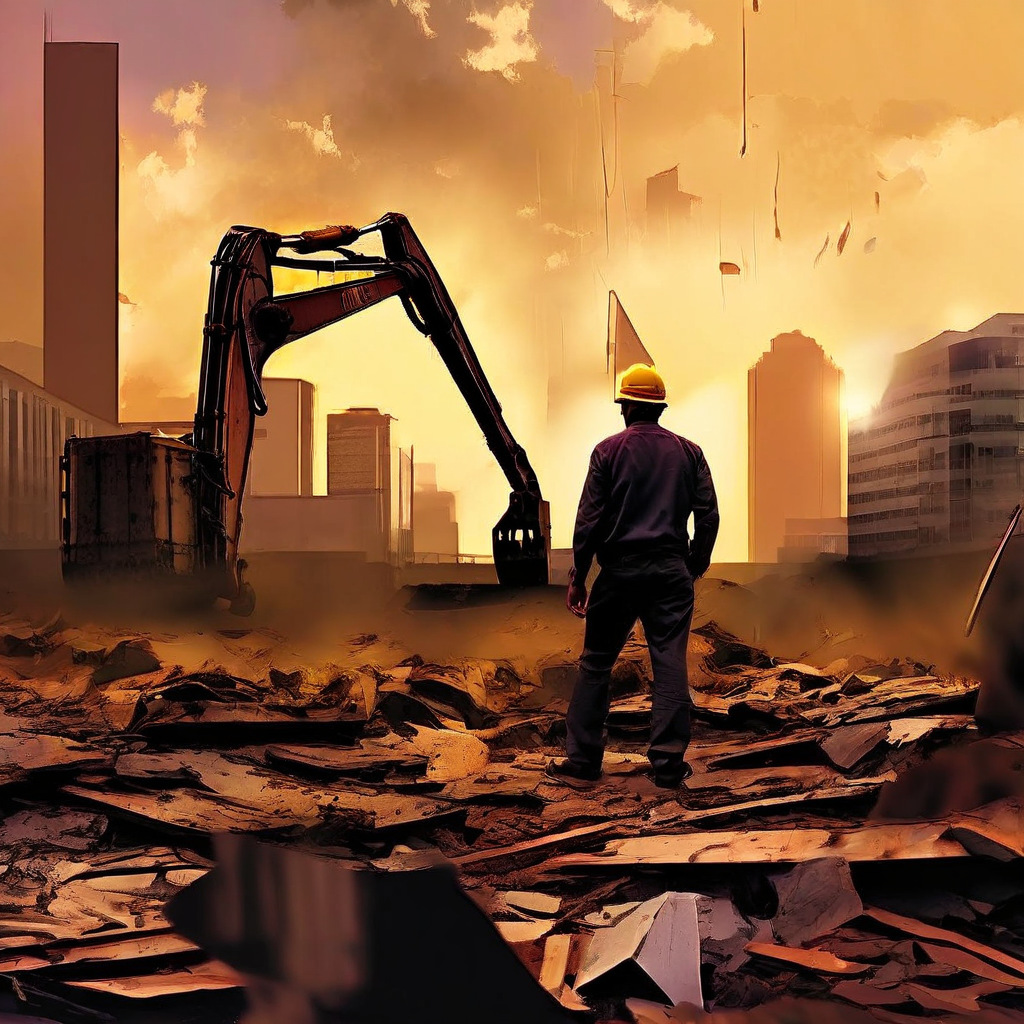Construction is a cornerstone of South Africa’s development, driving economic growth and urban expansion. However, the industry is not without its challenges. From structural failures to regulatory non-compliance, the potential for disaster looms large. As an experienced construction executive, it’s crucial to understand these common pitfalls and implement strategies to mitigate risks. In this blog, we will delve into some of the most prevalent construction disasters in South Africa and explore how businesses can avoid them.
Structural failures are among the most alarming disasters in the construction industry. Often caused by poor design, substandard materials, and inadequate supervision, these failures can have catastrophic consequences. A notable example is the recent building collapse in George, which highlighted the severe implications of neglecting structural integrity. Incidents like these, along with the infamous collapse of the Tongaat Mall in 2013 due to shoddy construction practices, not only lead to loss of life but also incur significant financial losses and legal repercussions.
To prevent structural failures, it’s essential to engage qualified architects and engineers to ensure robust structural designs. Conducting thorough site assessments and feasibility studies before commencing construction, along with implementing stringent quality control measures to ensure the use of high-grade materials, can significantly reduce the risk of structural failures.
Regulatory non-compliance is another critical issue that can lead to construction disasters. Failure to adhere to building codes and safety standards can result in buildings being erected without proper permits or inspections, leading to demolition orders, hefty fines, and project delays. Staying updated with local building codes and safety standards, obtaining all necessary permits and approvals before starting a project, and conducting regular inspections to ensure compliance throughout the construction process are vital steps in avoiding regulatory non-compliance.
Labour strikes, often caused by unfair labour practices and wage disputes, are frequent in the construction sector and can lead to halted projects. These strikes result in project delays, increased costs, and strained labour relations. Fulfilling transparent communication and fair labour practices is crucial to mitigate the impact of labour strikes. Negotiating with labour unions to establish mutually beneficial agreements and providing adequate compensation and benefits can help maintain a motivated workforce and minimize disputes.
Health and safety violations pose significant risks in the construction industry. Inadequate safety measures and lack of worker training led to high rates of workplace accidents and fatalities, resulting in legal liabilities, insurance claims, and damaged reputations. Developing comprehensive safety plans, conducting regular training sessions for workers, and equipping sites with necessary safety gear are essential to enhance health and safety protocols. Regular safety audits should be performed to identify and address any risks promptly.
Environmental hazards also present challenges, especially when environmental regulations and impact assessments are neglected. Construction near protected areas without proper clearance can lead to ecological degradation, legal action, and community opposition. Performing environmental impact assessments for all projects and implementing eco-friendly construction practices can help mitigate these risks. Engaging with local communities and addressing their ecological concerns fosters goodwill and ensures smoother project execution.
In conclusion, construction disasters can have devastating consequences, but with careful planning and diligent execution, they can be avoided. By prioritising structural integrity, regulatory compliance, labour relations, health and safety, and environmental stewardship, construction businesses in South Africa can build not only sturdy structures but also a resilient industry. At Master Builders Insurance, we are committed to supporting construction businesses in mitigating risks and achieving excellence in their projects. Let’s build a safer, more sustainable future together.


